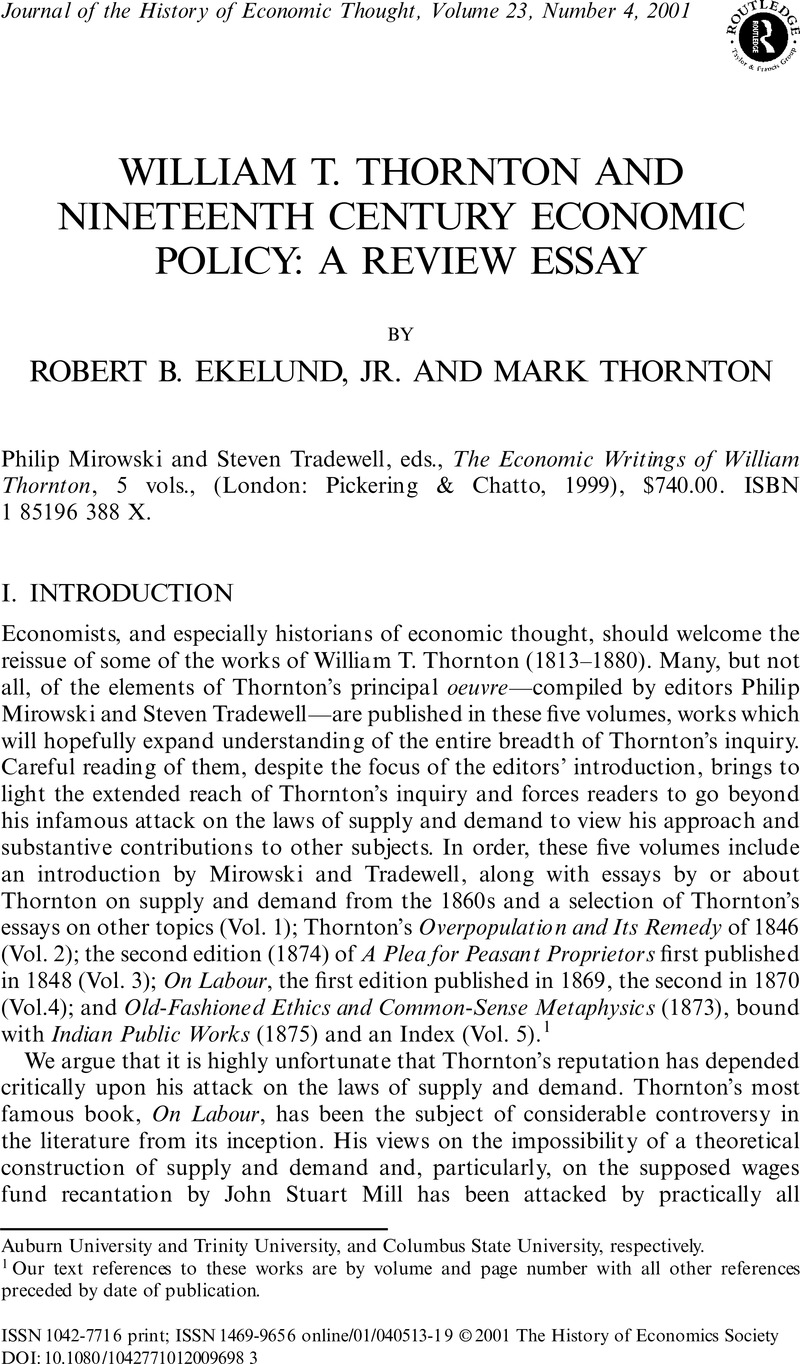Crossref Citations
This article has been cited by the following publications. This list is generated based on data provided by Crossref.
2004.
The Effortless Economy of Science?.
p.
335.
2004.
The Effortless Economy of Science?.
p.
357.
2004.
The Effortless Economy of Science?.
p.
169.
2004.
The Effortless Economy of Science?.
p.
116.
2004.
The Effortless Economy of Science?.
p.
401.
2004.
The Effortless Economy of Science?.
p.
229.
2004.
The Effortless Economy of Science?.
p.
37.
2004.
The Effortless Economy of Science?.
p.
147.
2004.
The Effortless Economy of Science?.
p.
97.
2004.
The Effortless Economy of Science?.
p.
53.
2004.
The Effortless Economy of Science?.
p.
251.
2004.
The Effortless Economy of Science?.
p.
213.
2004.
The Effortless Economy of Science?.
p.
72.
2004.
The Effortless Economy of Science?.
p.
427.
2004.
The Effortless Economy of Science?.
p.
195.
2004.
The Effortless Economy of Science?.
p.
273.
2004.
The Effortless Economy of Science?.
p.
376.
2004.
The Effortless Economy of Science?.
p.
85.
Donoghue, Mark
2007.
The Early Economic Writings of William Thomas Thornton.
History of Political Economy,
Vol. 39,
Issue. 2,
p.
209.
Donoghue, Mark
2008.
William Thomas Thornton's Family, Ancestry, and Early Years: Some Findings from Recently Discovered Manuscripts and Letters.
History of Political Economy,
Vol. 40,
Issue. 3,
p.
511.



